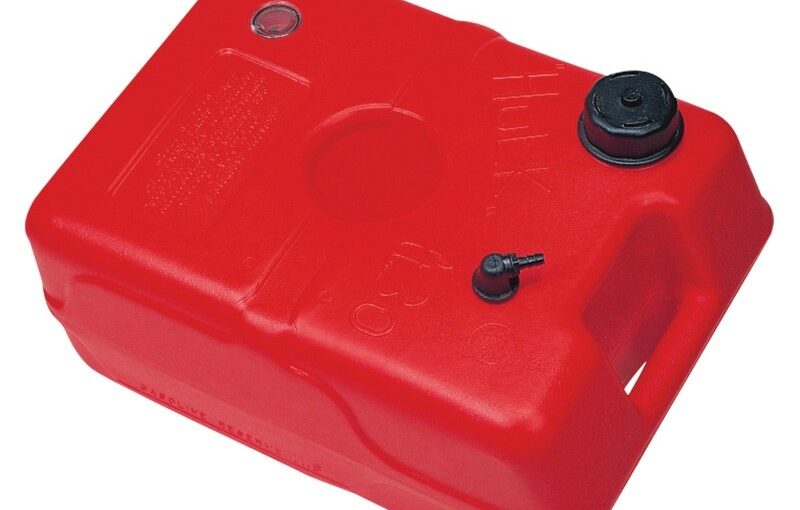As you know, a motorised boat cannot do without a tank and sometimes even a boat nurse to avoid unpleasant surprises linked to a fuel shortage. As an essential element, it also needs maintenance. Cleaning is the best way to achieve this.
How often?
You should not be mistaken, a tank or a boat nurse also needs cleaning. Not as frequently as the hull, deck or other parts of the boat, but this accessory really needs it.
So you should know that after two or three years of use, the time has come to change the oil. At least if you have bought a new boat. The fact is that if you have chosen a second-hand model, it would be prudent to prioritise the cleaning stage before turning the engine over.
How do you know when the tank needs cleaning?
Between two and three years apart, cleaning the boat nurse or tank is certainly sufficient. However, you may need to do it earlier than that, noting that the type of boat and frequency of use play a big part in this.
Knowing how to identify the warning signs will help you a lot. If you look at the fuel filter, for example, chances are you’ll find debris or water stuck to the bottom of the bowl. This is a sign that some of these disruptive elements have probably made their way into the tank.
Needless to say, once in the tank, these impurities will not fail to circulate towards the engine, which will then suffer the impacts. This will generally manifest itself through a drop in performance and noise imperfections in the carburettor (or injector) and the exhaust.
How to clean a boat tank?
It’s obvious that cleaning a boat tank or fuel tank prevents problems with the fuel system and reduces the risk of breakdown. So, draining is no longer an option when you discover impurities and especially water at the bottom of the filter bowl.
Starting with a complete draining of the fuel. This should be easy with a feeder or a removable tank since it can be turned over to empty it completely. For a fixed tank, a hoover should be used.
Once the fuel has been moved, it is time to drain. This is done through the inspection hatch, which must be cleaned before opening, as dirt tends to accumulate there. Only then can you unscrew it, taking the opportunity to remove the fuel supply hose.
Now that you have access to the inside of the tank, all you have to do is clean it. Here again, the use of a hoover is necessary.
But not only that, you will also need to go through the rubbing and drying stage using a specific tool. Namely, an absorbent, lint-free microfiber to ensure better absorption and to avoid leaving deposits in the bottom of the tank. Note that you will need several microfibres for this. After that, you just have to put the hatch and the hose back on and you’re done.
MC: boat nurse
URL: https: //www.nootica.fr/accastillage/motonautisme/circuit-carburant/nourrices-et-reservoirs.html






